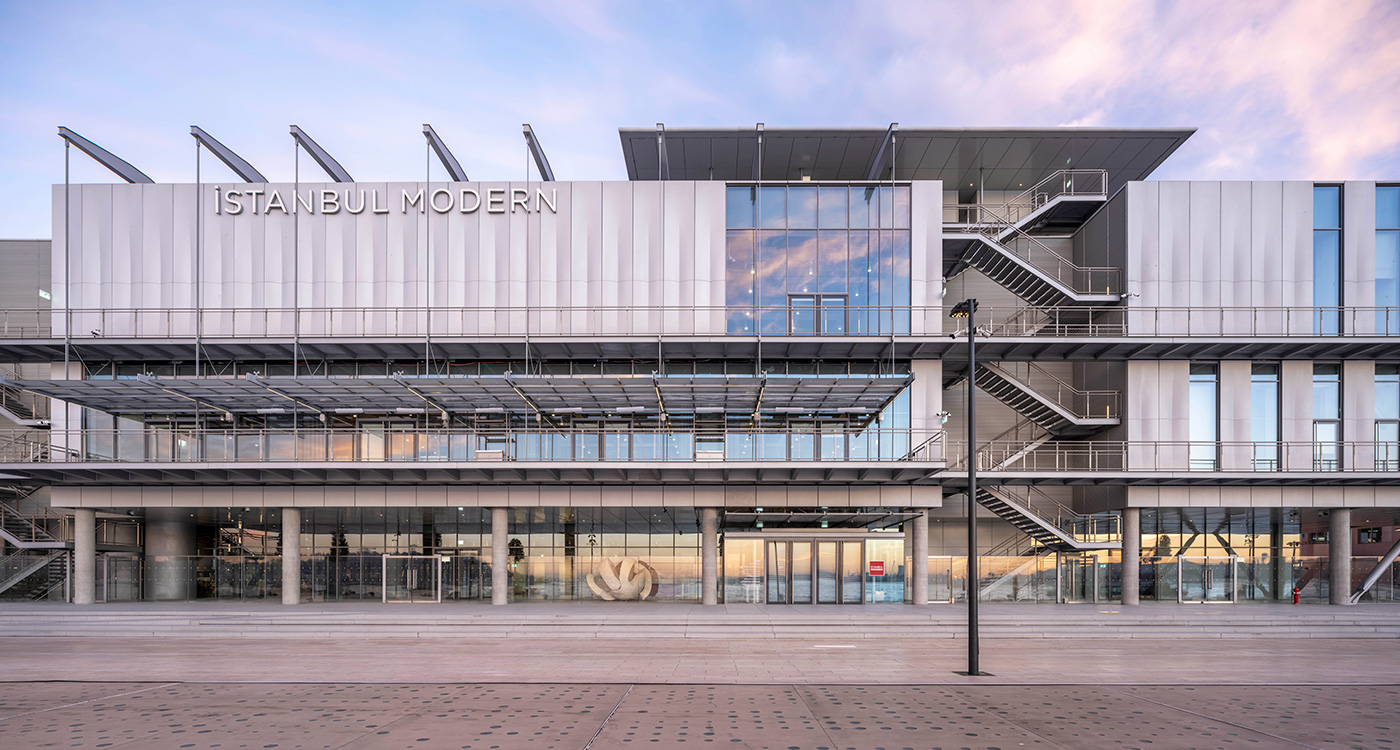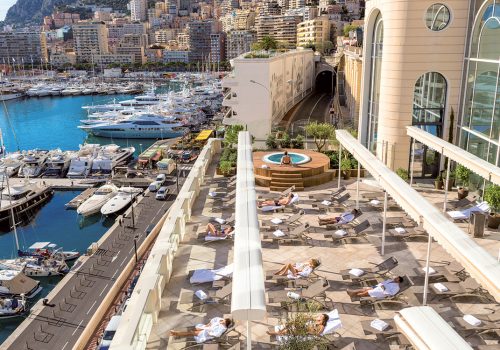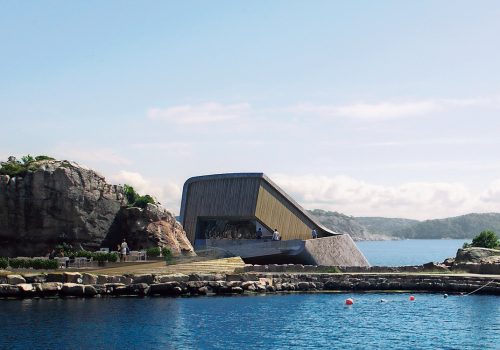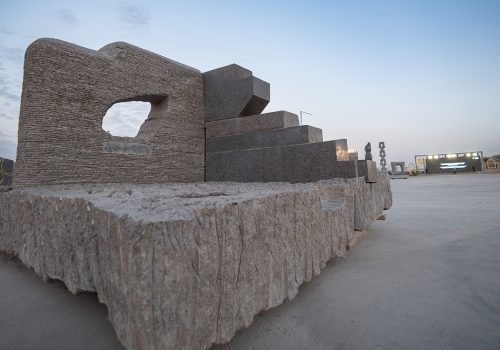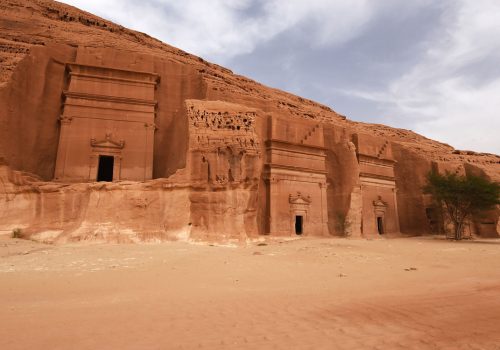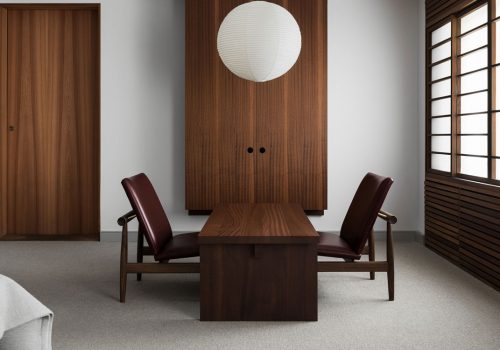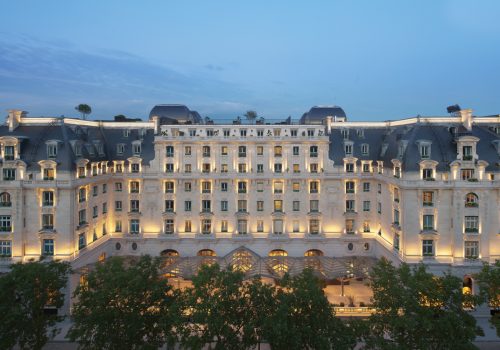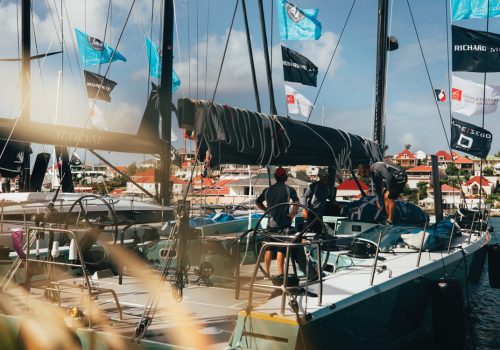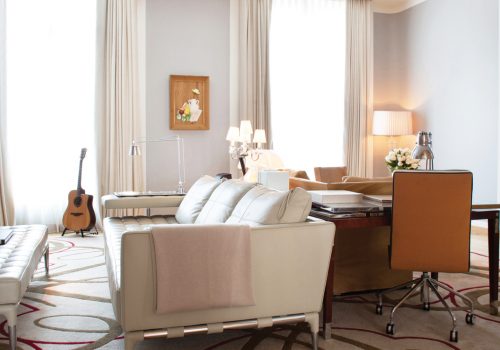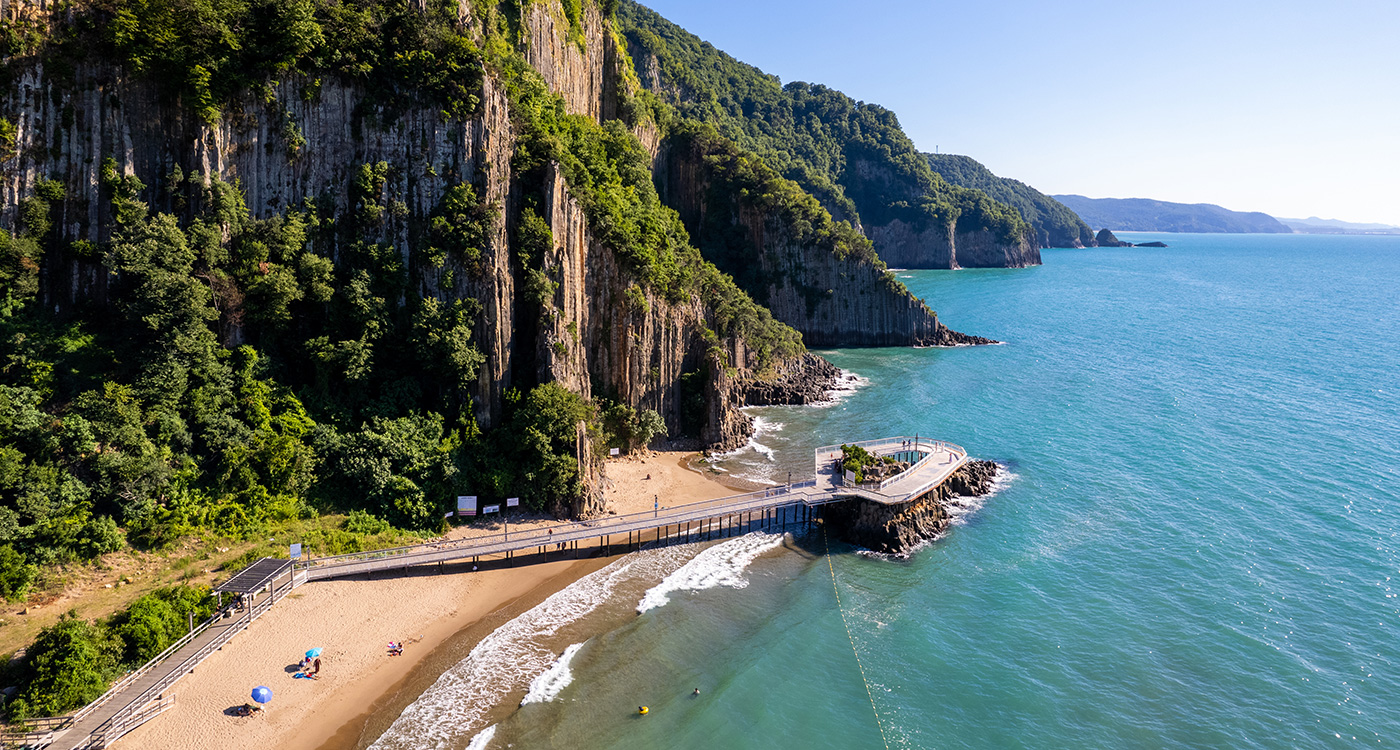In a city with as rich a legacy as Istanbul, it’s easy to forget that this gorgeous Turkish city is actually home to one of the fastest growing arts and culture scenes in the world. Amidst the iconic Byzantine and Ottoman-era architecture, there are new galleries and art initiatives appearing every day, nurturing an exciting nascent modern art movement that’s bursting with fresh talent and innovation.
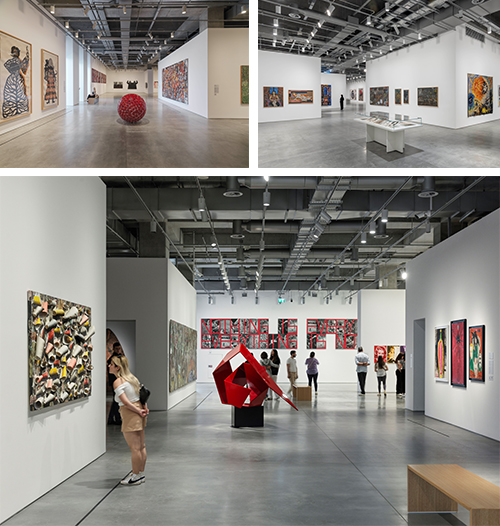
ABOVE: The Istanbul Modern’s permanent collection comes predominantly from the Eczacibasi family, a wealthy industrial clan who were also the driving force behind the museum itself, believing that a contemporary art museum would be an excellent way to demonstrate that Turkish culture had long embraced Western traditions. They supplemented what they already owned with some long-term loans from the Istanbul State Art and Sculpture Museum, Deutsche Bank and Turkiye Is Bankasi bank.
For those – like us – eager to discover and experience Turkey’s burgeoning art scene first-hand, we can think of no better place to start than the new Istanbul Modern museum, smack bang in the heart of the city.
The history of Istanbul Modern goes back to when it was first founded, in 2004, as the first institution of its kind in Turkey. Back then, the museum was housed within a former customs warehouse, located on the European bank of the Bosphorus Strait in the historical port district of Karaköy.
“For thousands of years, this port united Istanbul with other centres of commerce and culture around the world,” explains Öykü Sağnak, Chief Curator at Istanbul Modern. “And it continues to do so with Istanbul Modern.”
“Antrepo No. 4, which housed our museum for 14 years, enabled Istanbul Modern to carry out many – but not all – of the activities we aspired to,” he continues. “The building simply wasn’t designed to meet a modern museum’s needs.”
As the years passed, the limitations of the venue became increasingly restrictive, eventually forcing the institution to temporarily relocate elsewhere. After much deliberation on how to raise Istanbul Modern to the level of other international modern art museums, the institution engaged the services of the Genoa-born Italian architect Renzo Piano, a leading expert in museum architecture and design.
Piano is of course no stranger to melding heritage and innovation, with a portfolio that includes the Whitney in New York, the Centro Botín in Santander, and the Astrup Fearnley in Oslo. You could say they all pale in comparison to the game-changers of his early career, most memorably the Menil Collection in Texas and the Centre Pompidou in Paris but that’s not the point.
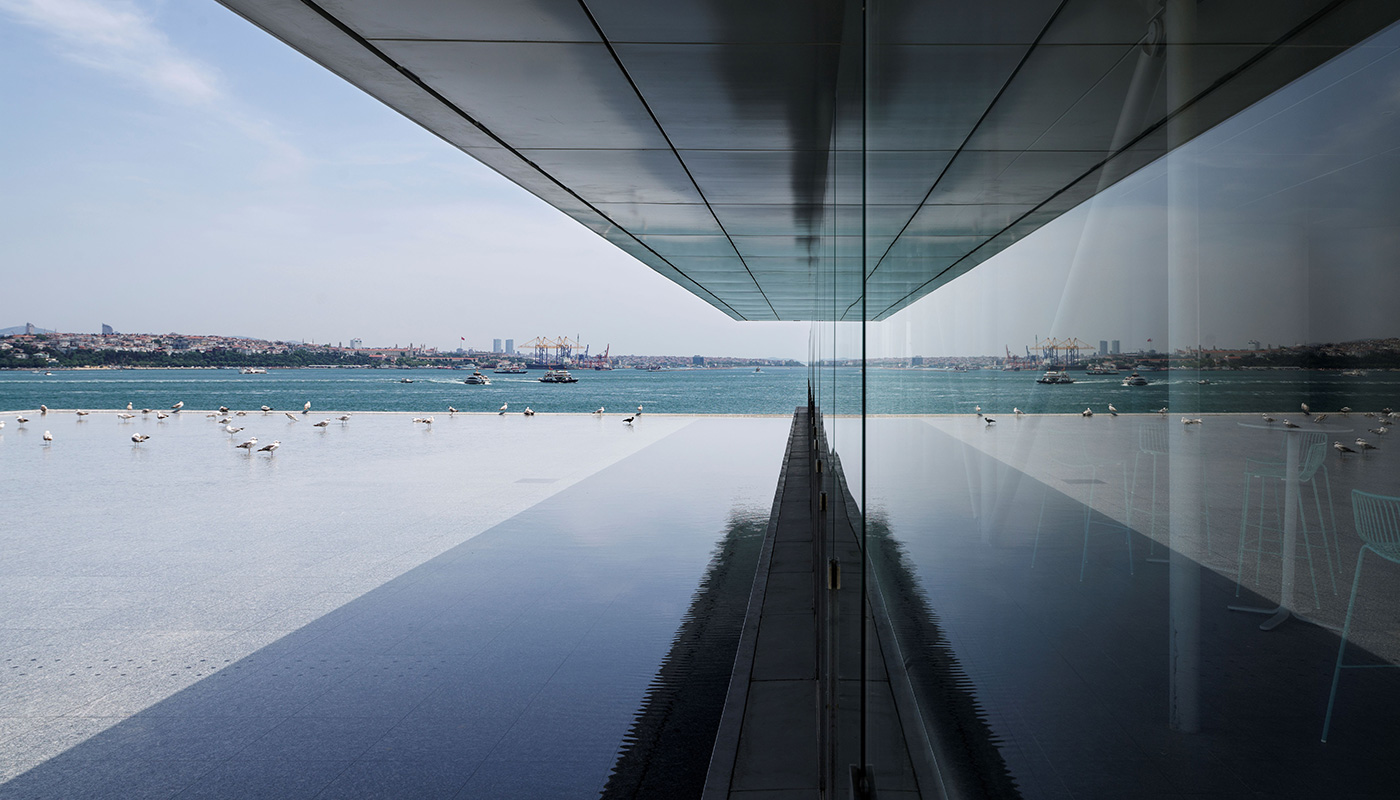
This new museum, which opened last summer after five long years of construction, has emerged on the exact same site, returning Istanbul Modern to its rightful birthplace. “Making a building is always a choral job,” explains Piano. “It is never the work of one person. It is like a long ping-pong match, between one and the other. It’s a long story, and people must understand that. It is a public art, making architecture; different from any other sort of work.”
“The building that was here before was just harbour storage; very simple; almost humble; totally silent,” he adds. “In a complex city like this, to make a silent place where you celebrate art in an open way – a place open to anybody – is a great idea. Those places make a city a better place. So, how can we make a new building that is not betraying the spirit of that beginning?”
Indeed, it may have once been simple but, like almost every other city-centre dockside in every other global city, the cargo ships have disappeared, the warehouses have been appropriated for culture and shopping, and the metropolis’ relationship to this stretch of waterfront has radically changed in line with its transformation (in other words, as a cultural hub of Turkish and international boutiques, and luxury department stores such as Beymen and Gizia, along with chic restaurants, bars and offices).
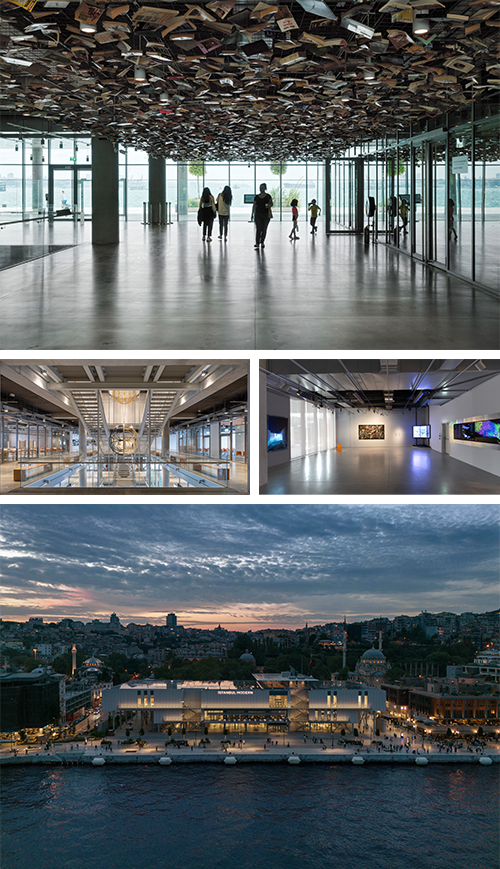
TOP: Richard Wentworth’s False Ceiling (2005) is site-specific artwork containing dozens of books suspended from above. MIDDLE LEFT: The building’s open staircases — a Piano signature — invite visitors to the upper floors from the lobby and then again to the rooftop. MIDDLE RIGHT: ‘Timeless Curiosities’ sheds a light on how contemporary technologies and digital culture shape the creative processes of artists. BOTTOM: A night view of Istanbul Modern against the backdrop of Galataport, an ambitious docklands renewal project.
Piano’s design for the new building was primarily inspired by the glittering waters of the Bosphorus river, echoing the history of the site. The structure’s silhouette evokes sailing ships travelling back and forth between Europe and Asia, a fitting visual metaphor for the exchange of ideas between different cultures, while the striking façade – composed from 3D-formed aluminium panels – creates a shimmering, iridescent envelope evocative of fish scales. The vibrant finish captures the changing light of Istanbul as the sun moves across the sky, casting a variety of shadows that play with the shape of the panels.
Istanbul Modern’s interior is similarly fantastical, yet also functional. The ground floor of the 10,500 sqm geometric building feels especially welcoming. There are sculptures outdoors, and inside there is a library, which is open to the public and free of charge. There are also education and event spaces, a café, and an unusually large shop with interesting and original items by Turkish artists and designers. The wide central staircase Piano has designed to appear like it’s floating is a clever construction of high-performance cast concrete steps with glass balustrades, suspended by steel rods. “The new building’s transparent and accessible design reflects the ethos of the museum; a multifaceted experience, offering visitors audience-oriented exhibitions and programmes, inspired by the artistic diversity of the present day,” affirms Sağnak with pride.
“We hope to play a crucial role in sharing and preserving Türkiye’s artistic heritage on a global scale, while simultaneously bringing together artistic productions from diverse regions,” he continues. “Istanbul Modern also aims to enhance access to art through interdisciplinary exhibitions, educational programs and events, fostering artists’ production and international collaborations to promote inclusivity and creativity in a sustainable art ecosystem.”
In addition to spacious, stylish staff offices furnished with Vitra pieces, the first floor contains several galleries and a dedicated space for pop-ups, and a restaurant with panoramic Bosporus views from an outdoor terrace. One floor above, is a gallery that is dedicated to the museum’s permanent collection of contemporary art spanning from 1945 to the present and including Turkish luminaries – such as Princess Fahrelnissa Zeid, Sarkis, Ayşe Erkmen, Gülsün Karamustafa, Nil Yalter and İnci Eviner – alongside internationally renowned artists who have played an active role in the global transformation of art.
The museum’s pièce de résistance is the simple and inspired rooftop, where Piano has installed a shallow infinity pond perfectly reflecting the bustling Bosporus and the steep hillside of Beyoğlu. This vista, complete with the iconic Galata Tower built by the Genoese in 1349, blurring the divide between the shore, the museum and the river, as if to reinforce the presence of art as a natural and inseparable part of Istanbul.
Admirably, Istanbul Modern’s mission to foster Turkey’s crystallising art community appears to be working, with multiple prominent international artists already approaching the museum as a venue for their exhibitions. “In June 2024, Istanbul Modern will host a solo exhibition by Olafur Eliasson, one of the most innovative and significant names in today’s contemporary art scene,” mentions Sağnak. “In September 2024, we will celebrate the centenary of Türkiye-Japan official relations with a solo exhibition by the Japanese artist, Chiharu Shiota.”
In short, Istanbul may not be on your artistic radar – yet – but Istanbul Modern’s new museum offers a very exciting glimpse into what looks to be an impressive and bright future for the Turkish creative scene.
Photography: Cemal Emden & Enrico Cano


